Wildlife in the Peak District
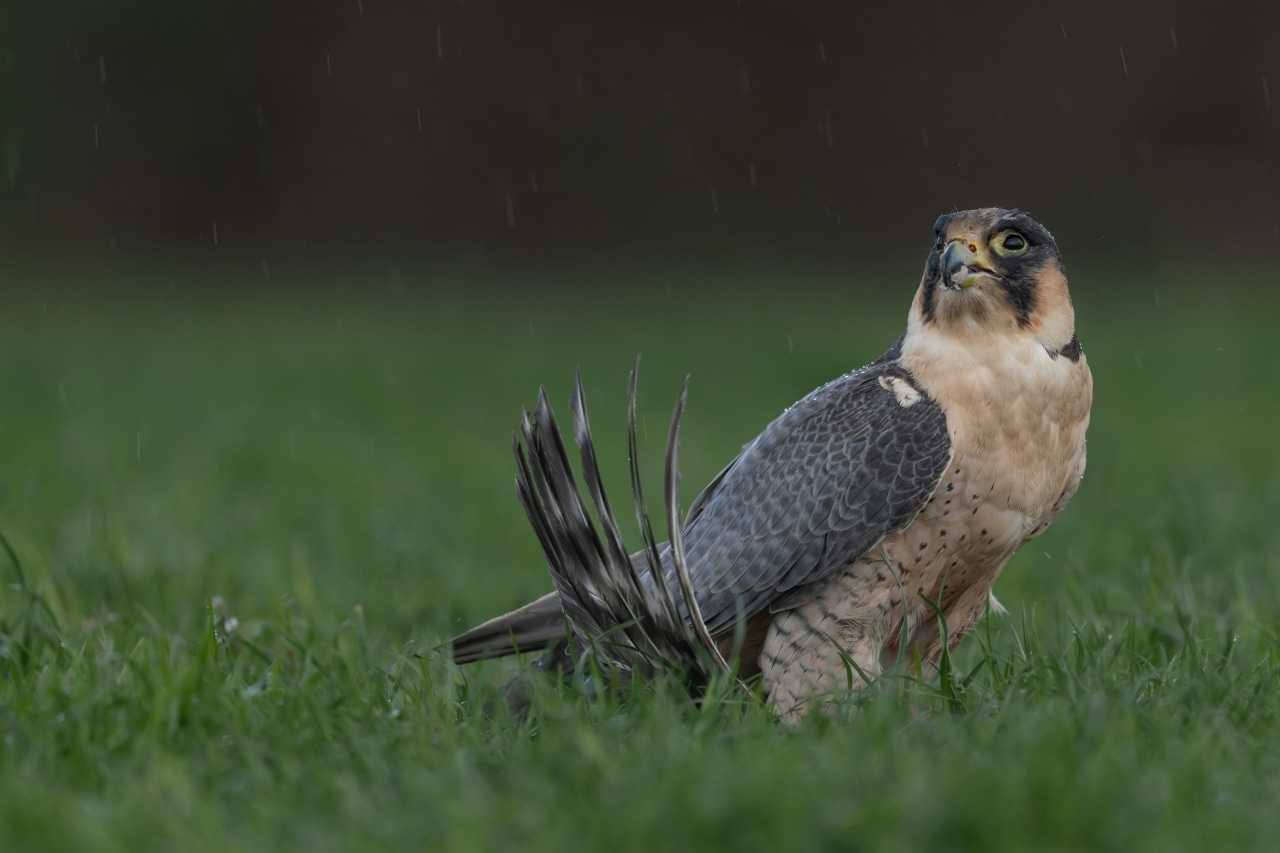
Home to a wide range of habitats – rivers, fens, moorlands and limestone grasslands to name but a few – the Peak District National Park is home to an array of native British wildlife. With electric-blue kingfishers, wildflower meadows, speedy peregrine falcons and secretive mountain hares, there are lots of different species to see here if you know where to look. Find out more about where and when to spot some of the Peak District’s best wildlife highlights, as well as finding out about wildlife experiences you can arrange in the local area.
Peak District habitats
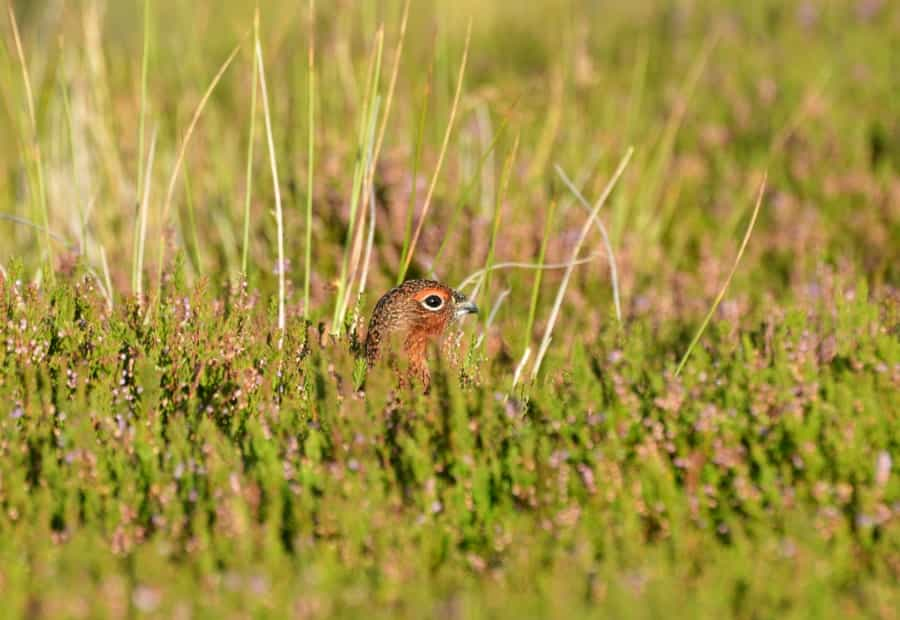
Moorland wildlife
-
Mountain hares, Britain’s only truly native hare species (the brown hare was introduced by the Romans) can sometimes be seen scampering over uplands in the Peak District. The mountain hare is smaller and rarer than its brown cousin, and it has the ability to turn white in the winter to blend in with the snow on the hills. The higher you go, the more likely you are to see them – keep an eye out around Kinder Scout, Bleaklow and other high moorlands in the early morning and late evening, when they tend to be most active, and you may be in with a chance.
-
Red grouse are a common sight in the Peak District, especially around areas like Derwent Moors and Howden Moors. Even if you don’t see them (their colouring means they often blend into their surroundings), you may well hear their distinctive call, which many people think sounds like they’re saying ‘go-back, go-back, go-back!’
- Curlews, Europe’s largest wading bird, are most often spotted on the moors of the Peak District in their breeding season, which usually covers the months between April and July. This is a sensitive time for many ground-nesting birds, so dogs should be kept on a lead or under very close control if you go out looking for them.
Woodland wildlife
-
Woodpeckers – several species of them – can be found in the Peak District. Greater spotted, lesser spotted and green woodpeckers are often found in the area’s woodlands, especially in places with mature broadleaf trees, although they can sometimes be spotted visiting parks and gardens too. Try areas like the forests around Matlock or the woodlands around Hathersage.
-
Red deer are the largest land mammals in the UK and can sometimes be found in the Peak District’s woodlands. If you want to be in with a good chance of a sighting, you might also benefit from a visit to the Chatsworth Estate (known for its resident herd) or the Longshaw Estate (where they often pass through). These deer are crepuscular, meaning they will be most active around dawn and dusk.
-
Bluebells spring up like a colourful carpet on the forest floor in the late spring each year. Top spots to see them in the Peak District include the Longshaw Estate, Shining Cliff Wood near Ambergate and Corbar Woods near Buxton.
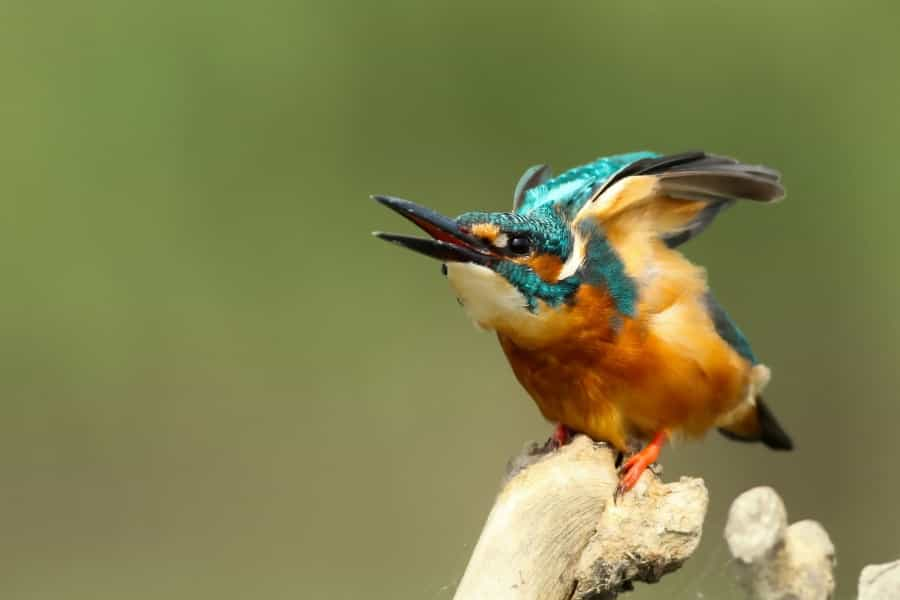
Rivers
-
Otters, once rare in these parts, have made a comeback, especially in and around the river Derwent.
-
Dippers are often spotted in shallow, fast-moving rivers. These small and characterful birds are known for their animated head-bobbing movements and can often be seen in the streams around Lathkill Dale and along parts of the Derwent.
-
Kingfishers can be found along any river, canal or even at gravel pits, where they like to sit on low or overhanging branches in search of prey. They tend to prefer places where the water is shallow and moving fairly slowly so they have a clear view of what’s in the water.
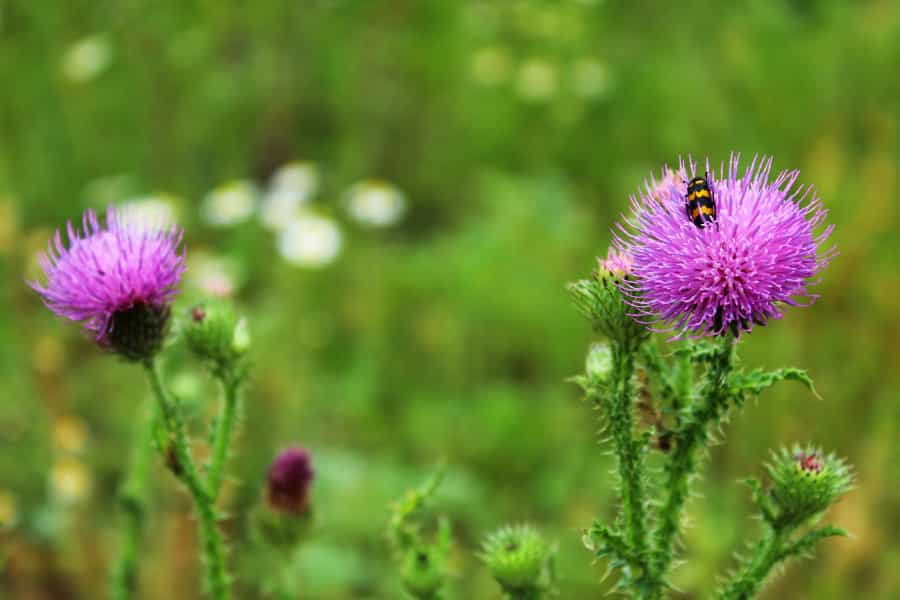
Limestone grasslands
Limestone grasslands are only found in the White Peak, the part of the national park where limestone dominates the landscape both above and below ground. Examples of this rare habitat include Cave Dale and Chee Dale, both of which are popular walking locations.
-
Peregrine falcons, the fastest birds in the world, are sometimes seen hunting above the limestone dales of the Peak District. They tend to nest in high-up locations such as clifftops and are often spotted in areas like Dovedale and Chee Dale.
-
Ravens are often seen in this environment too. Known for their high intelligence and impressive aerial displays, they are a common sight throughout the limestone grasslands and dales of the Peak District National Park, especially around areas like Monsal Dale and Lathkill Dale.
-
Wildflowers do particularly well in this rich soil – visit Cressbrook Dale or Lathkill Dale in the spring or early summer for the most impressive display. Bring a field guide if you want to identify species, or use the Derbyshire Wildlife Trust’s website to get an idea of what you might see out on your rambles.
Peak Wildlife Park
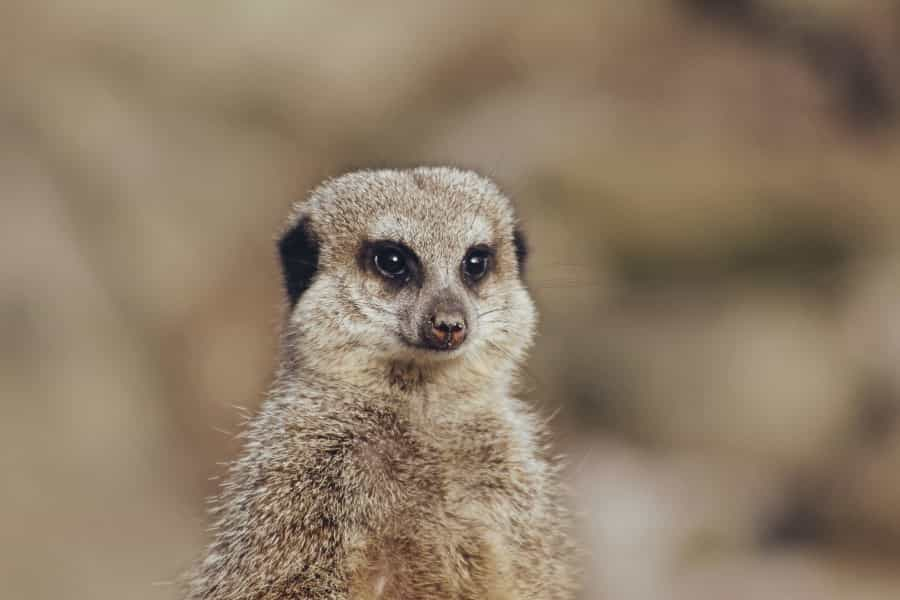
Looking for some guaranteed sightings? Peak Wildlife Park is located at the southern edge of the Peak District, just outside the national park and within easy driving distance of Leek, Ashbourne and Stoke-on-Trent. The zoo has a wide range of species, from British beauties to exotic creatures, and offers wildlife experiences like meerkat and penguin feeding for guests who want to get up close and personal with the animals.
Wildlife photography in the Peak District
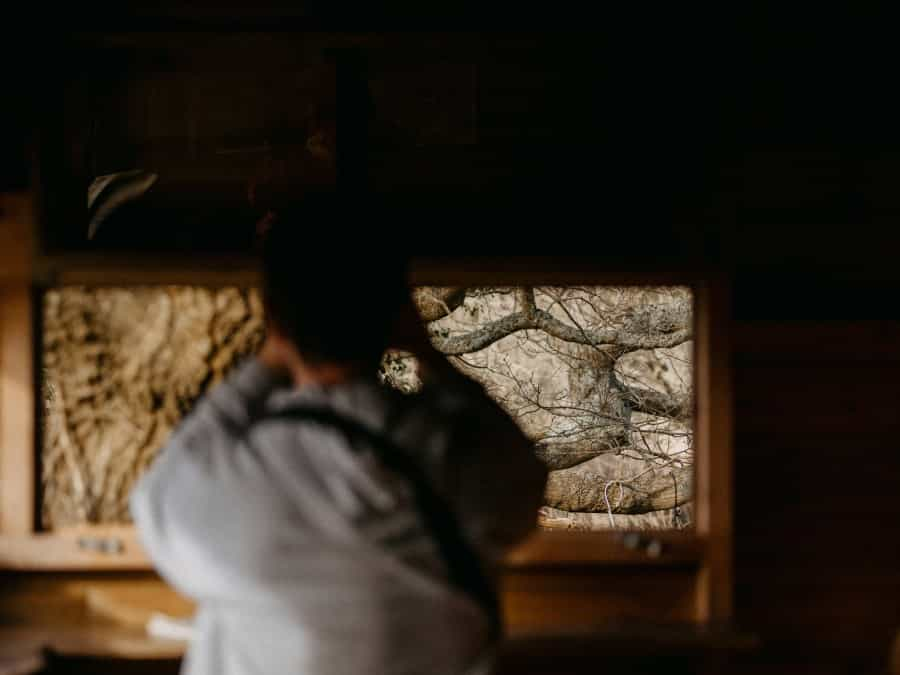
If you’re bringing your camera, the Peak District’s many bird hides are good places to start with wildlife photography – the one at Chatsworth has a particularly good reputation and attracts woodpeckers, a huge range of finches and sometimes bigger birds too.
A number of local photographers in the Peak District, such as Francis J Taylor Photography, also offer both landscape and wildlife photography courses.
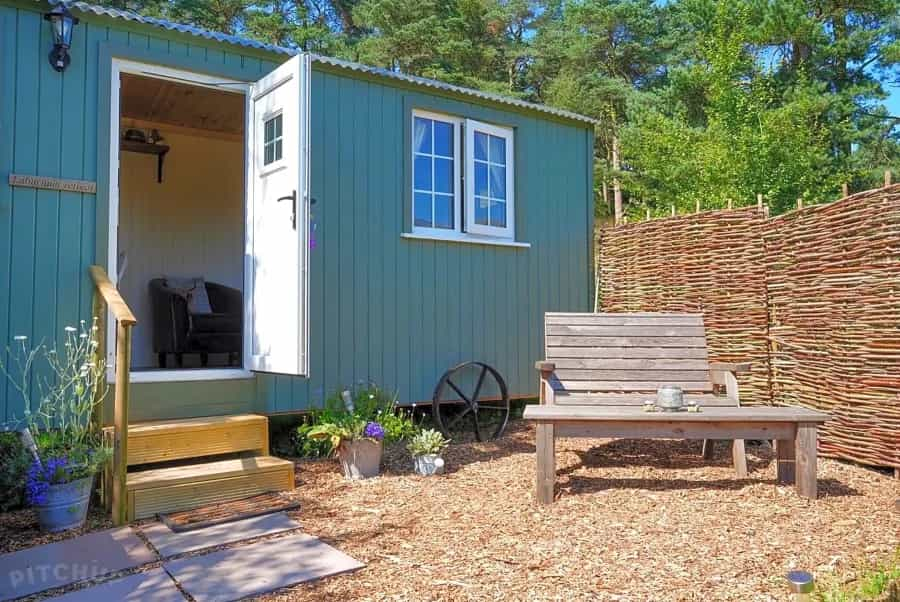
Want to spend as much time as possible in this gorgeous scenery? Check out Pitchup’s wide range of outdoor accommodation in the Peak District National Park. Whether camping, glamping or a caravan park is on the cards, there are loads of options out there to choose from.
If you're planning a holiday in this area, check out our other guides to the Peak District, covering everything from rock climbing to days out with the kids.